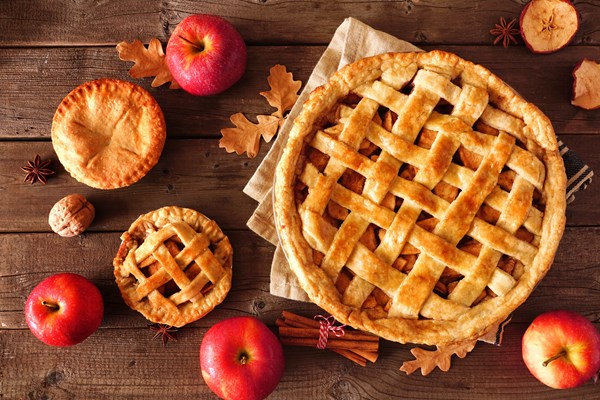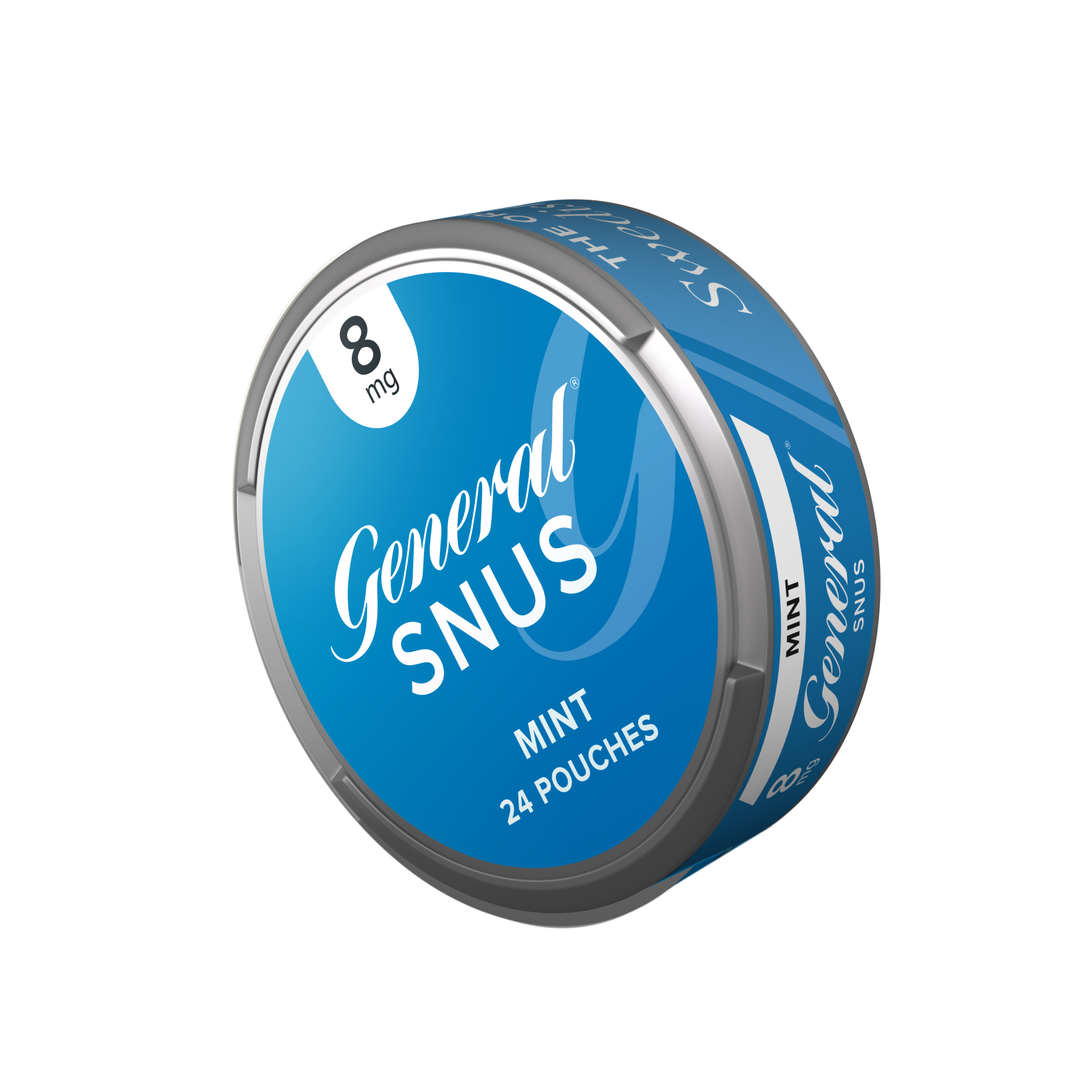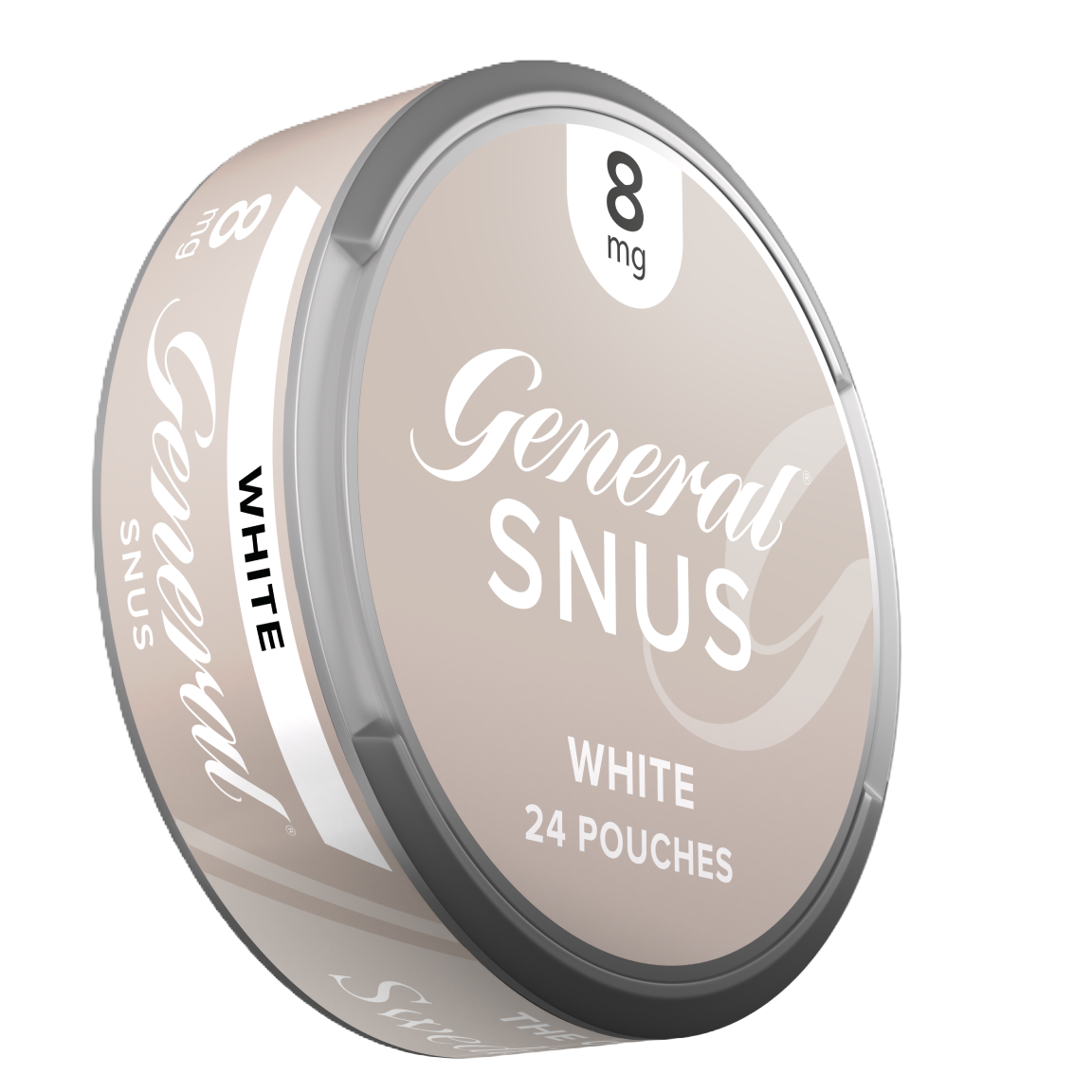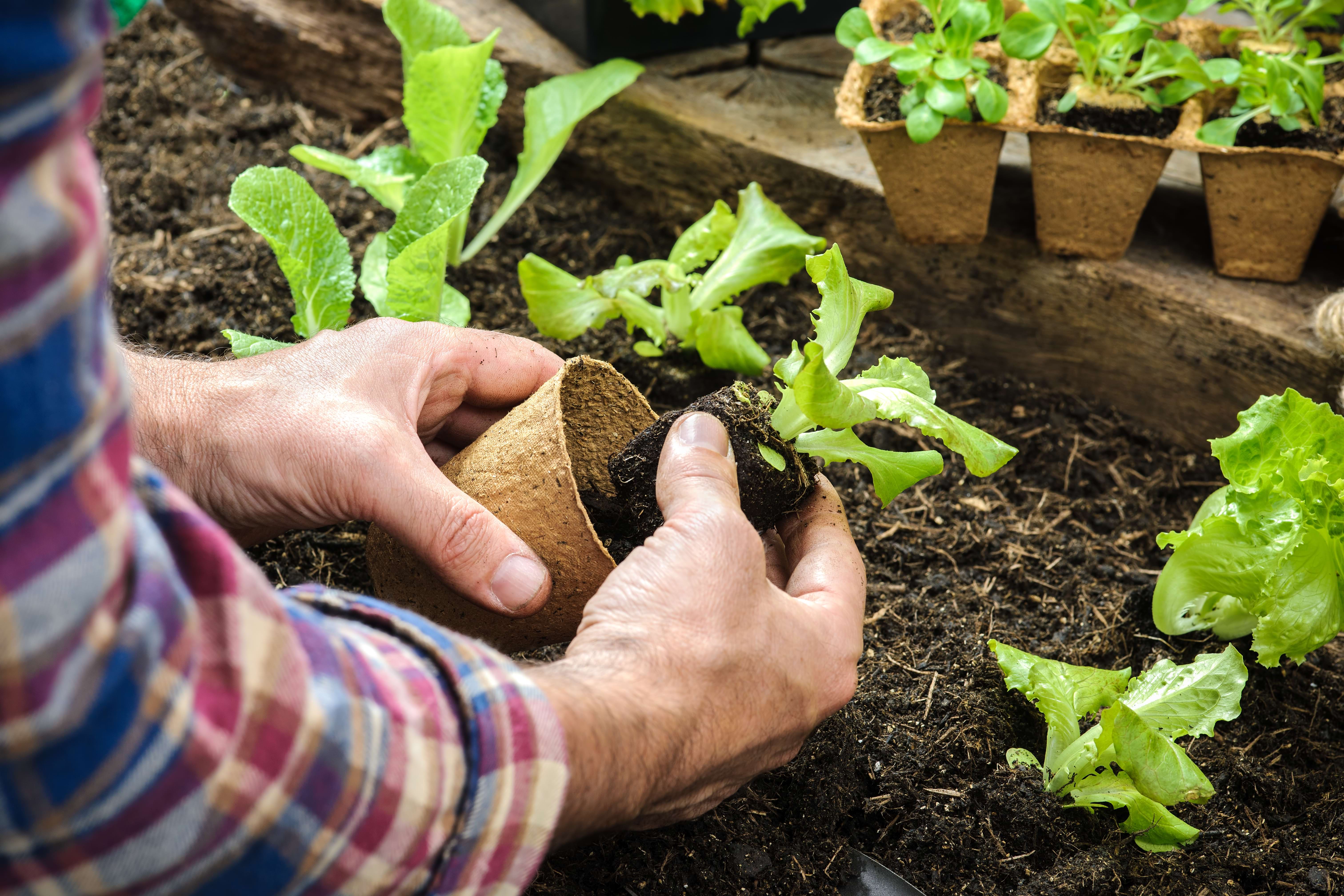
May is Gifts from the Garden month—as declared by celebrated gardener, CL Fornari—a time to celebrate the food and beauty you can harvest from your own backyard. There’s something wonderfully satisfying about growing something from a simple seed in the ground. Cultivating the soil and providing the right amount of nourishment can really get you in touch with your roots. It can be a challenge, but the payoff is well worth the effort. Here are some tips for maintaining your garden so you can enjoy a delicious garden that pays off year-round.
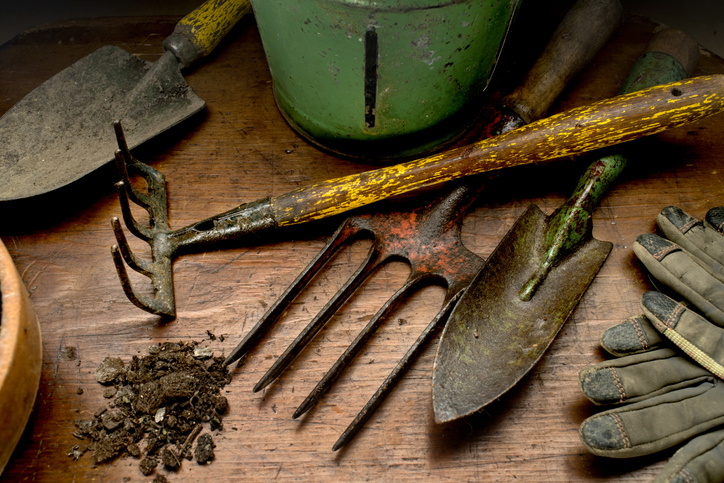
Maintaining Your Garden
Now that you’ve spent all spring planting and organizing your garden, here’s some watering, plant maintenance, and pest protection steps you can take between now and harvest to make sure your flowers and veggies are bright and beautiful and plump:
Proper Watering:
Water only as often as necessary for your specific plants. Overwatering can lead to fungi growth, leaf spots, and unhealthy plants. A good rule of thumb: let the soil dry between waterings so you don’t oversaturate (1-2 times per week).
Water the soil around your plants rather than on the plants themselves. This lessens the chances of fungi growth.
Best times to water are early morning or early evening when the soil is cooler. This lowers evaporation rates during the heat of the day.
Plant Maintenance:
Pinching off old flower blooms or leaves, or deadheading, encourages new growth in your plants. Deadhead at the beginning or middle of summer to trick your plants to keep producing.
Prune your plants by cutting back branches to control and make room for growth, reduce shade spots, and increase air circulation around your plants.
Culling is great to create more space for your plants and vegetables to grow. Clean up unhealthy parts of plants and remove dead plants so they aren’t pulling nutrients from healthier plants in your garden.
Pest Protection:
Weeds:
- Plant your beds densely to minimize space for weeds to develop.
- Use a weeding trowel to make sure you remove weeds at the root, so they can’t repopulate.
- Lay out 2”-4” of hardwood, undyed mulch helps prevent weeds from sprouting. Grass clippings, old leaves, or even cardboard also work well and are cost effective.
Bugs:
- Plant marigolds, sunflowers, or daisies around your garden to invite helpful bugs in (lady bugs, mantises, spiders, bees) that eat harmful bugs.
- Physically remove bugs with the spray of a hose, shaking stems and leaves to knock them off, or cutting away infested branches.
- Use natural insecticides like Spinosad or milky spore to keep insects away.
Rodents:
- Build a wire or mesh fence around your garden to keep rodents from squeezing in.
- Plant strongly scented herbs like basil, garlic, and thyme on the edge of your garden to deter rodents.
- Befriending a neighborhood cat by paying them in tuna and milk to patrol your garden like a feline security guard is also great.
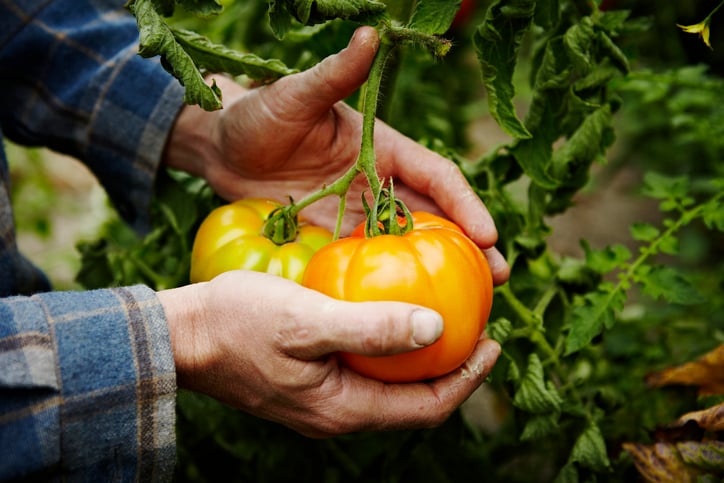
Off-Season Tips
Once you’ve harvested the last tomato and picked your final bloom, it’s time to prep for next year. This is crucial for your spring garden because the more prep work you do now, the better off your next garden will be. Here are some great tips for weather-proofing and future-prepping your garden in the off-season.
- Remove any dead or past-prime plants from your garden while leaving the roots intact. The roots will help feed the healthy organisms in the soil to create a richer soil.
- Lay down a pre-emergent herbicide in the fall or early spring to help control weeds all year.
- If you’re in a warm enough zone, plant leafy greens like kale, lettuce, or spinach, or hearty veggies like carrots and broccoli. This will keep the soil enriched deep into the fall.
- In milder winter climates plant cover crops like frogfruit, winter rye, or winter peas for an extra blast of organic soil refreshment and weed protection.
Apply a thick layer of compost to your garden and top with a thick layer of mulch. The compost will feed the soil while the mulch will keep the compost from freezing.
Seasonal Garden Check-List (via Native Backyards)
Spring Garden Maintenance:
- Add fresh compost
- Refresh mulch
- Plant perennials
- Sow wildflower seeds (USDA Planting Zones 1-5)
- Begin regular weeding schedule
Summer Garden Maintenance:
- Light weeding every 1-2 weeks
- Mid summer prune for leggy perennials
- Supplemental water as needed
Fall Garden Maintenance:
- Plant perennials
- Sow wildflower seeds (USDA Planting Zones 6-11)
- Collect leaves and use as mulch or start a compost pile
- Refresh mulch in garden beds
Winter Garden Maintenance:
- Transplant perennials while dormant
- Leave seed heads where possible for birds
- Prune perennials that have died back in late winter / early spring
